Tiles in wet areas
This technique is appropriate if you want to make the environment more diverse and dynamic, protecting all the "weak" joints of sanitary devices (sinks, bathtubs, toilet bowl) with the walls. Bathroom with tiles in wet areas it performs its main function, protecting surfaces from moisture, and also gives them texture.
In this case, paint takes up most of the walls, visually uniting the interior. For the bathroom, water-based, latex and acrylic compositions are suitable.
The tiles only have a shower area
This option is the most economical, since only the area above the bathroom or the surface around is laid out with tiles. shower room... If you want to create an accent, choose tiles that contrast with the walls, and if you dream of a calm, enveloping interior, purchase materials that are as close as possible in shade.
Try not to skimp on paint and buy a composition specifically for the bathroom - this information is indicated on the packaging.
The tile has half a wall and a shower area
This approach combines the previous two, but more tiles are required in such an interior. The furnishings are more classic and thoughtful. The scheme is as follows:
- the shower area is fully tiled;
- the rest of the walls are divided in half or in a 60/40 ratio;
- the lower part is decorated with tiles and protected with a film;
- the upper part is painted.
The main advantage of this solution - complete protection of the walls from moisture, combined with decorativeness.
Painted area under the ceiling
To some, this technique resembles the "Soviet" version of bathroom cladding, but it still does not lose its relevance. The implementation of the idea is found in expensive classic style, and in a luxurious Art Deco.
Looks great with high ceilings and allows you to save on the amount of tiles. It is also appropriate for low ceilings, when about 40 cm of free space remains on top - the painted area looks like a frame and is complemented moldings.
Tiles as accents
This approach helps to adjust the proportions of the room by highlighting certain areas - for example, niche, the wall around the sink and mirrors, part of the shower area.
The interior shown in the photo uses colorful tiles and gray paint to match: bright accents set the mood of the bathroom, increase its decorative effect and set off what is not supposed to attract attention.
Half of the bathroom is painted
This traditional technique involves dividing the wall into two sections. With this approach, the decor looks austere and laconic, so it allows you to play with the decor. The proportions can be varied by painting less or more of the walls.
If laid evenly, the joint may not be processed. Available with narrow tile or mosaics, as well as a ceramic figured side, appropriate in the classic style.
The only wall is painted
The combination is ideal for small bathrooms and also allows you to save your budget. Usually, the painted wall does not come into contact with plumbing fixtures, maximum - with a heated towel rail.
The color of the paint should overlap with the shade of the tile, its elements, or even grout color: This helps to bring the design to a coherent whole.
Since both tiles and paint are not afraid of moisture, and the range of materials knows no boundaries, the combination is considered ideal for the bathroom. Thanks to this, the design is not only original, but also economical.

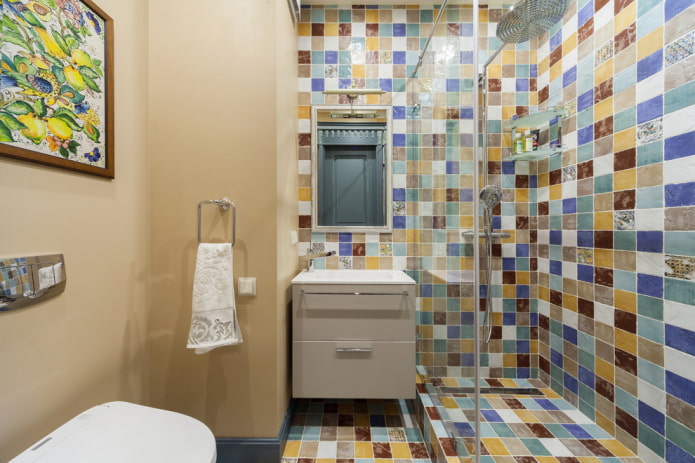
 10 practical tips for arranging a small kitchen in the country
10 practical tips for arranging a small kitchen in the country
 12 simple ideas for a small garden that will make it visually spacious
12 simple ideas for a small garden that will make it visually spacious

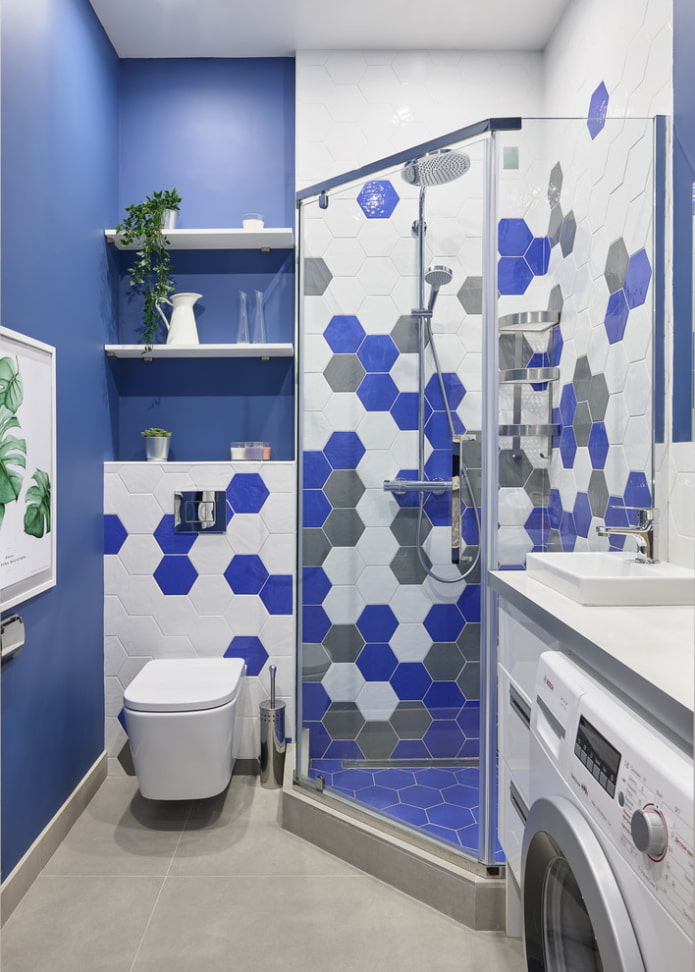
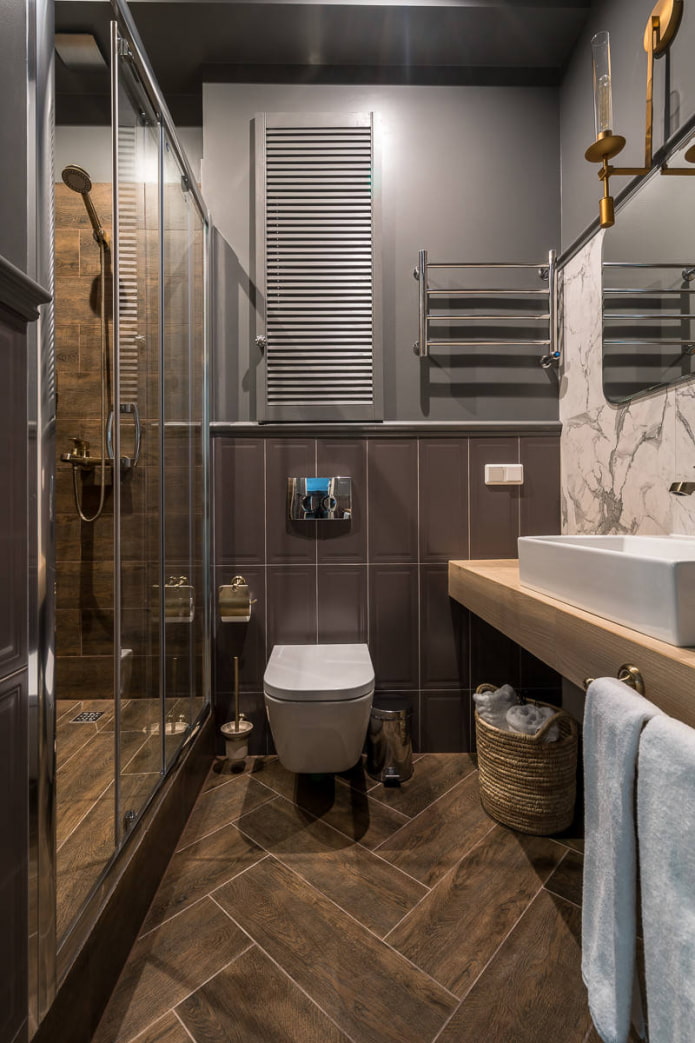
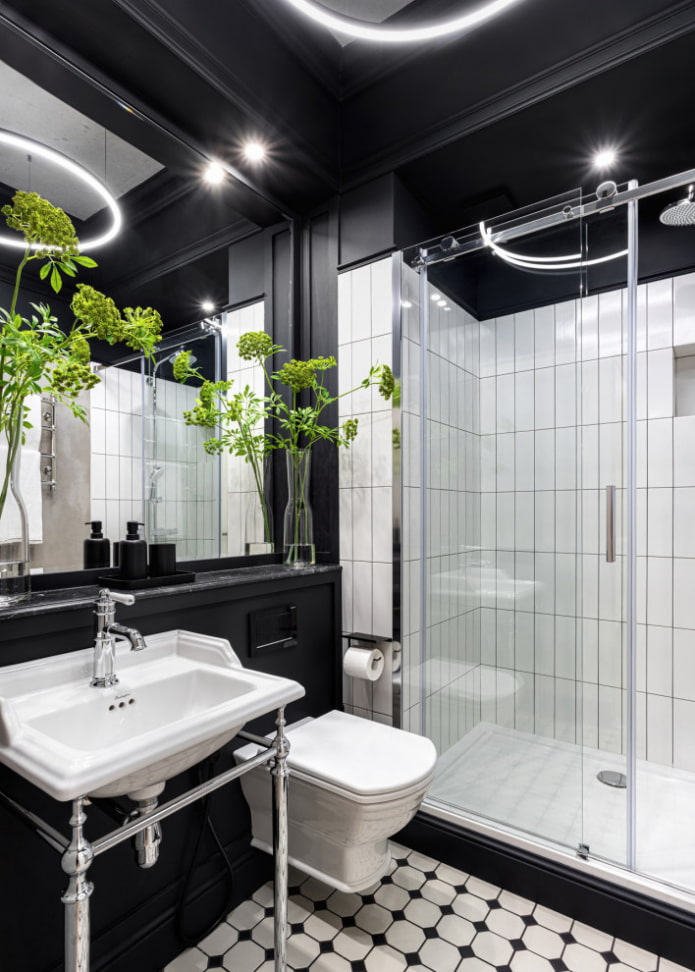
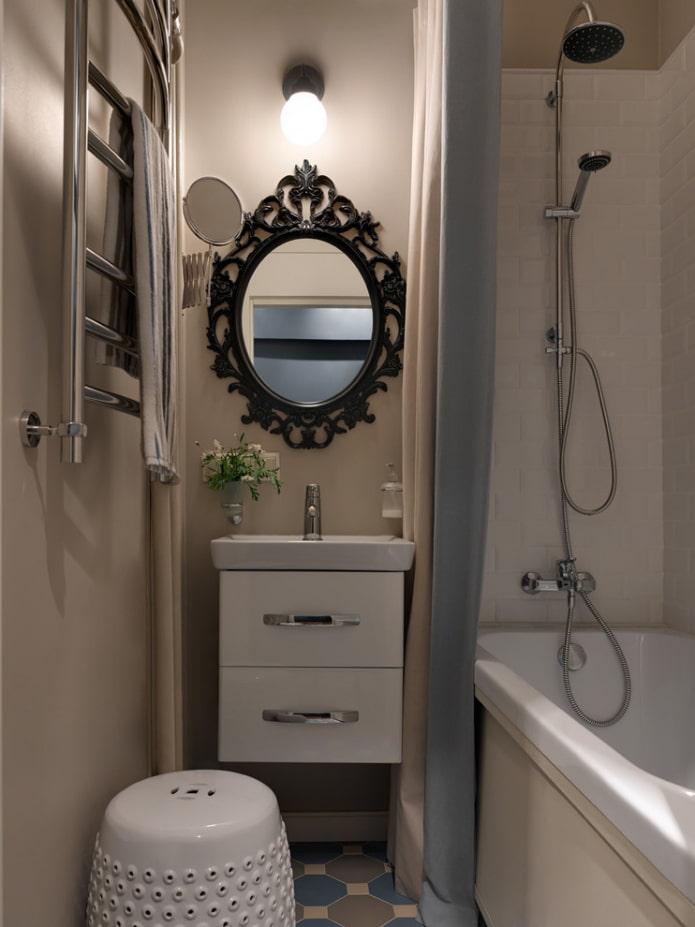

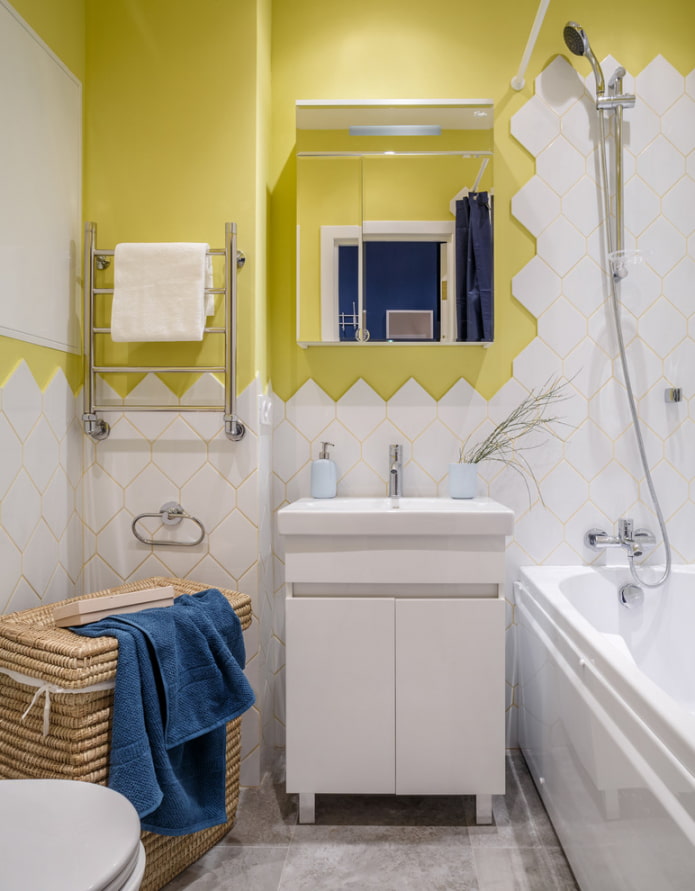
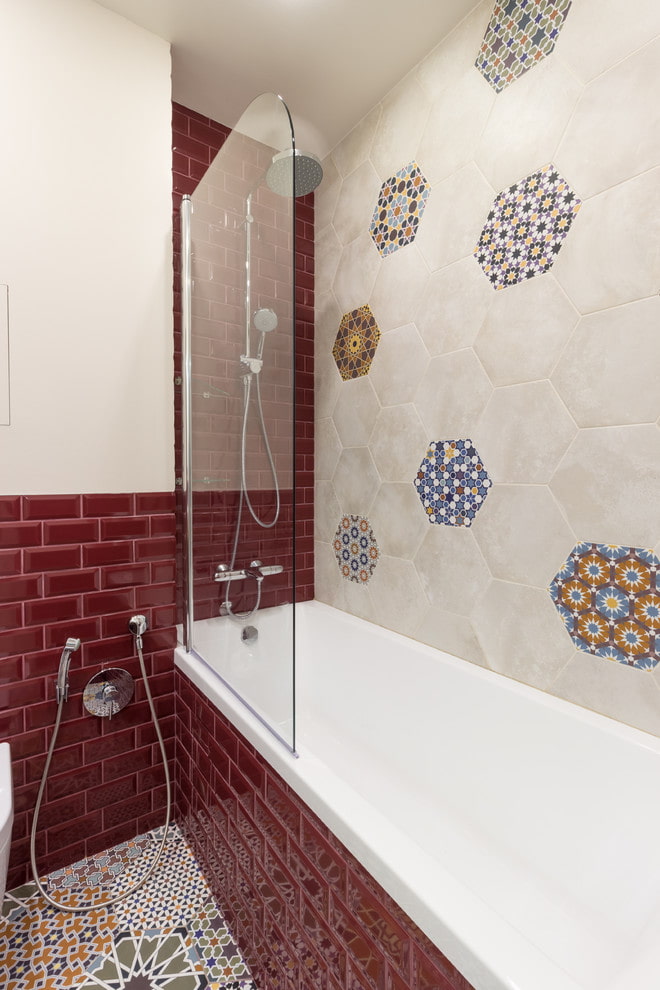
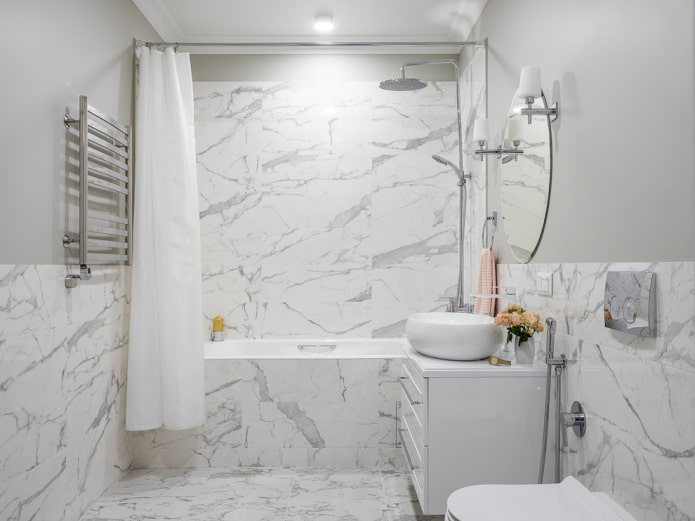
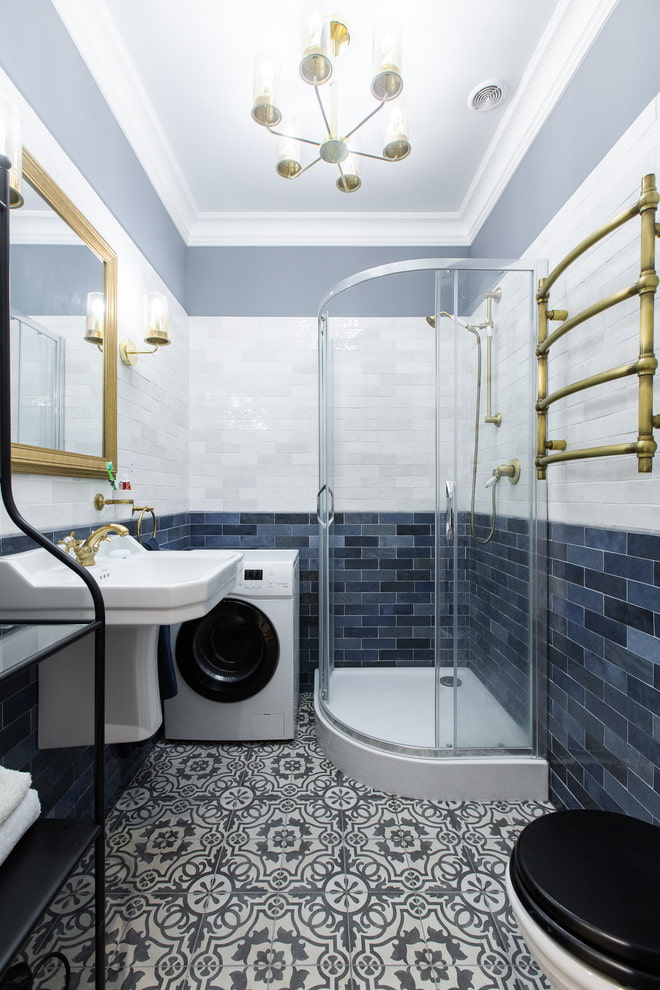

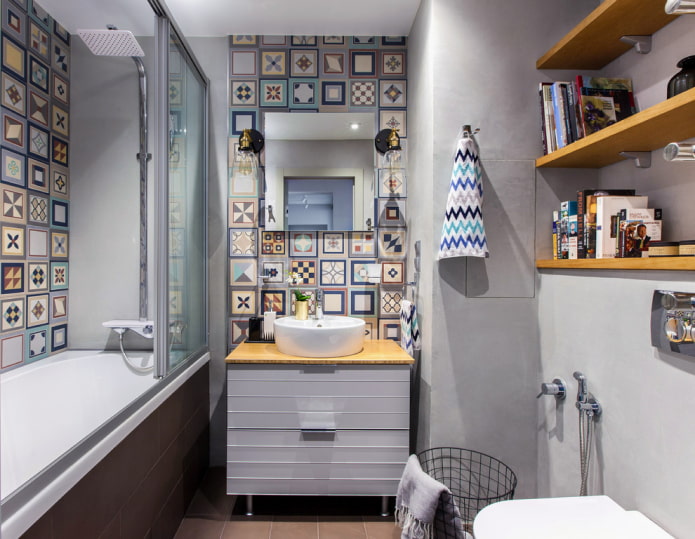

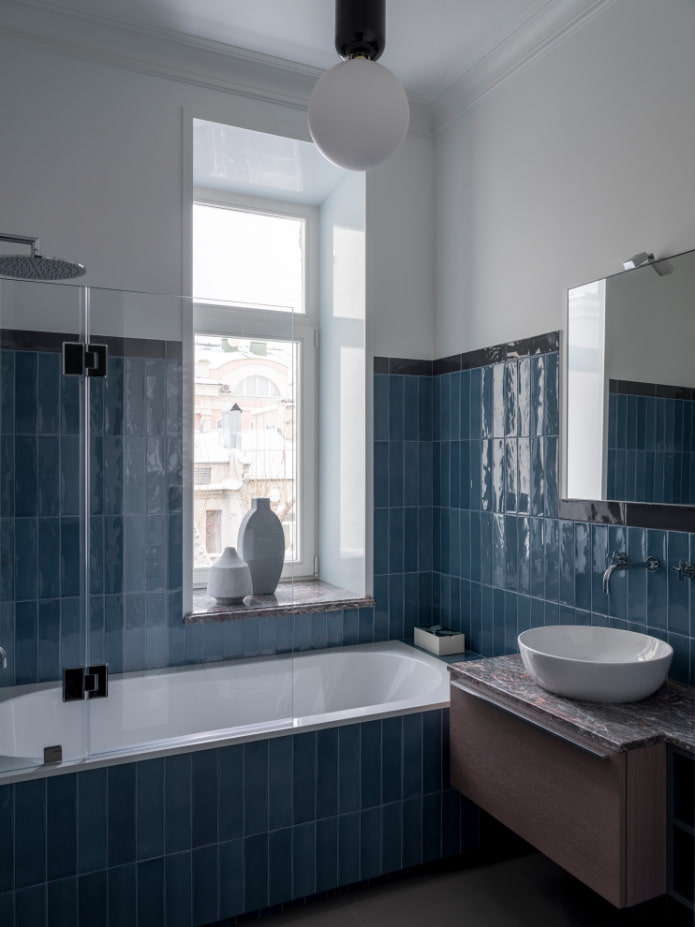
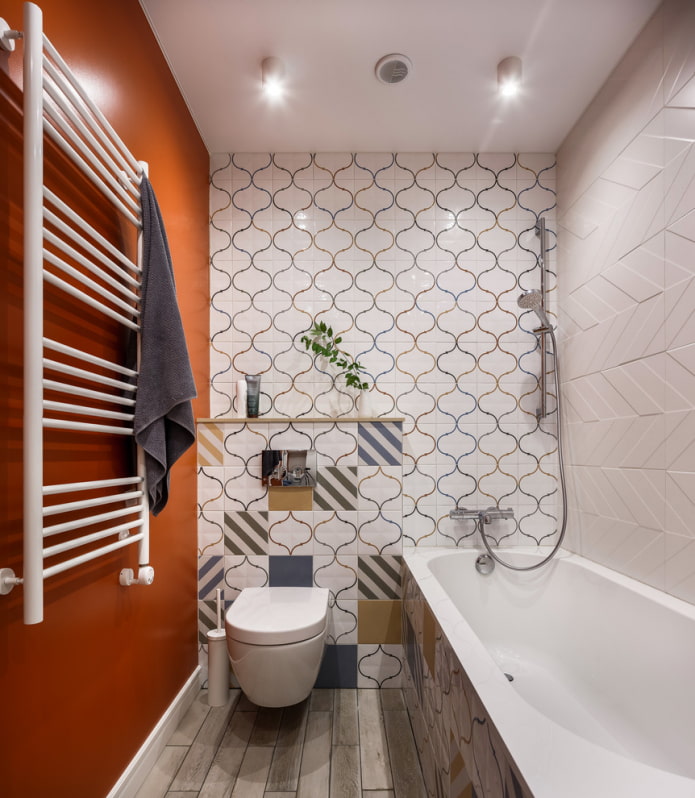
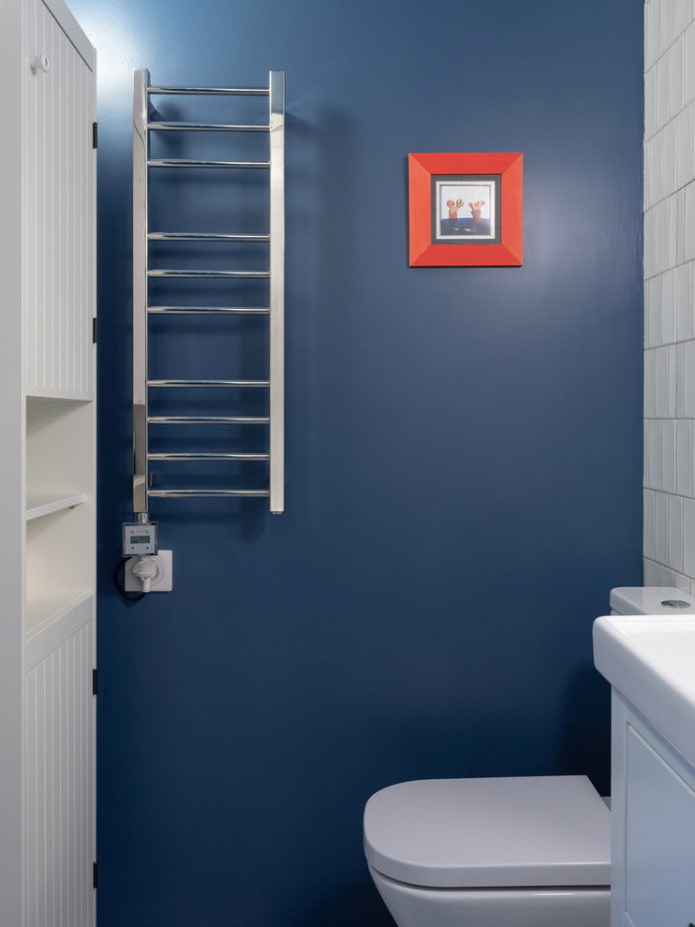
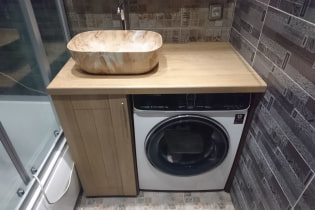 How to position the washing machine in a small bathroom?
How to position the washing machine in a small bathroom?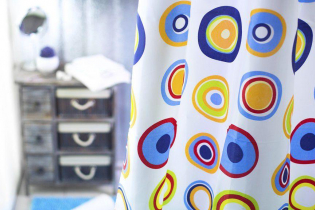 How to remove plaque from the bathroom curtain?
How to remove plaque from the bathroom curtain?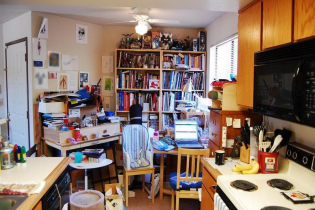 7 common mistakes in small apartment renovation that eat up all the space
7 common mistakes in small apartment renovation that eat up all the space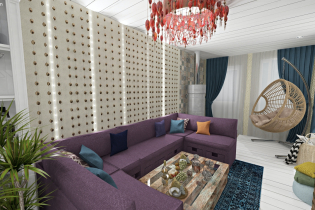 Apartment layout: how not to be mistaken?
Apartment layout: how not to be mistaken?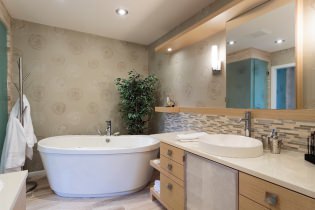 Wallpaper for the bathroom: pros and cons, types, design, 70 photos in the interior
Wallpaper for the bathroom: pros and cons, types, design, 70 photos in the interior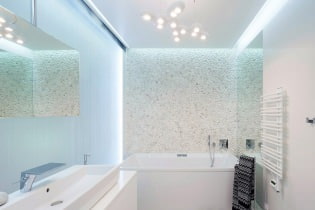 Modern bathroom interior: 60 best photos and design ideas
Modern bathroom interior: 60 best photos and design ideas